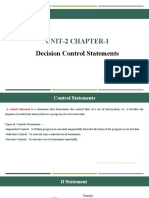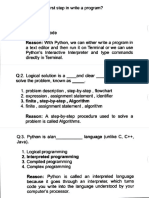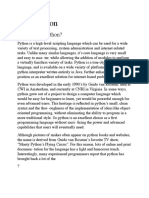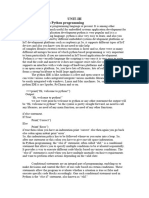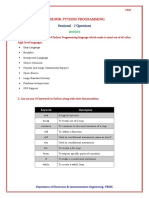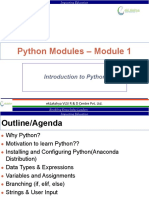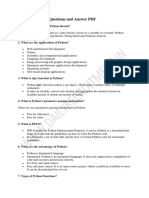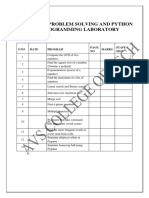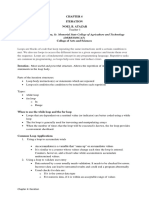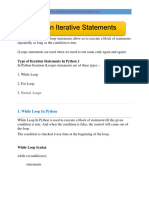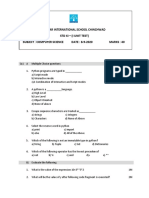0% found this document useful (0 votes)
301 views10 pagesUnit2 Loop
This document provides an overview of looping in Python, detailing the importance and functionality of loops, specifically while loops and for loops. It explains the syntax, use cases, and examples for each type of loop, including the use of the else clause, break, continue, and pass statements. Additionally, it introduces the concept of listener loops and the range() function for generating sequences of numbers.
Uploaded by
Gawali Swapnali13Copyright
© © All Rights Reserved
We take content rights seriously. If you suspect this is your content, claim it here.
Available Formats
Download as DOCX, PDF, TXT or read online on Scribd
0% found this document useful (0 votes)
301 views10 pagesUnit2 Loop
This document provides an overview of looping in Python, detailing the importance and functionality of loops, specifically while loops and for loops. It explains the syntax, use cases, and examples for each type of loop, including the use of the else clause, break, continue, and pass statements. Additionally, it introduces the concept of listener loops and the range() function for generating sequences of numbers.
Uploaded by
Gawali Swapnali13Copyright
© © All Rights Reserved
We take content rights seriously. If you suspect this is your content, claim it here.
Available Formats
Download as DOCX, PDF, TXT or read online on Scribd
/ 10










